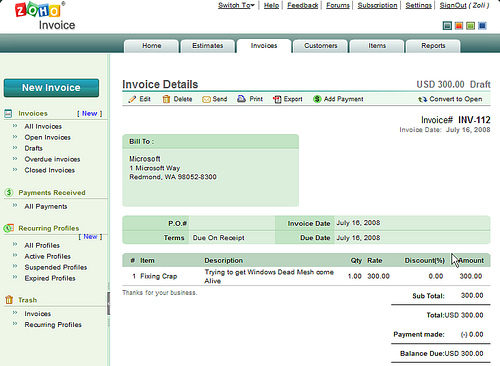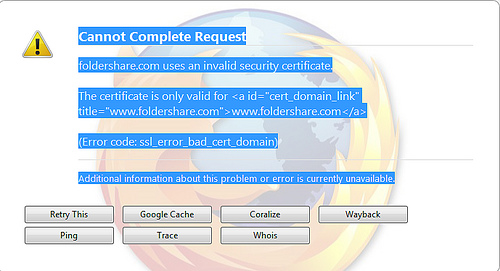Gears-enabling Gmail will be great, for those “unconnected” moments (hours), and I certainly hope they will avoid dumb mistakes that made Google Reader almost useless offline.
But for now, all I wish is a little more reliabilty. Formerly rock-solid Gmail has been ill a lot lately. The “Oops…the system encountered a problem (#500) – Retrying in 1:30” error message has became a daily occurance… in fact several times a day.
A minute and half is not that much – except that it’s not only waiting for the requested operation, it freezes up Gmail entirely. So if you’re impatient, you’ll inevitable click the “Retry now” button. After all, that’s whay it’s there, isn’t it?
Wrong! You’ve just found Gmail’s penalty button! Every time you click it, the wait counter increases by a minute.

Still want to work, rather than go for coffee? The only solution is to completely close the browser tab – sometimes the entire browser – then log back into Gmail again.





 If the
If the 

 Summize has always been fast and reliable. In fact in the days of the worst Twitter outage, with Reply and other functions disabled, Summize was the savior of the Twitterverse. But now that Twitter acquired Summize, I’m seeing it dead quire frequently.
Summize has always been fast and reliable. In fact in the days of the worst Twitter outage, with Reply and other functions disabled, Summize was the savior of the Twitterverse. But now that Twitter acquired Summize, I’m seeing it dead quire frequently.

 Twitter gets its sexy back
Twitter gets its sexy back
 It did not completely die though: Cliff Shaw’s next startup,
It did not completely die though: Cliff Shaw’s next startup,  “Meet again”: Cliff does not talk about his next gig yet, but his
“Meet again”: Cliff does not talk about his next gig yet, but his 
 . (Yes, I know, we get what we pay for, and this is a free service – it’s still a ridiculous outage.)
. (Yes, I know, we get what we pay for, and this is a free service – it’s still a ridiculous outage.)

Recent Comments